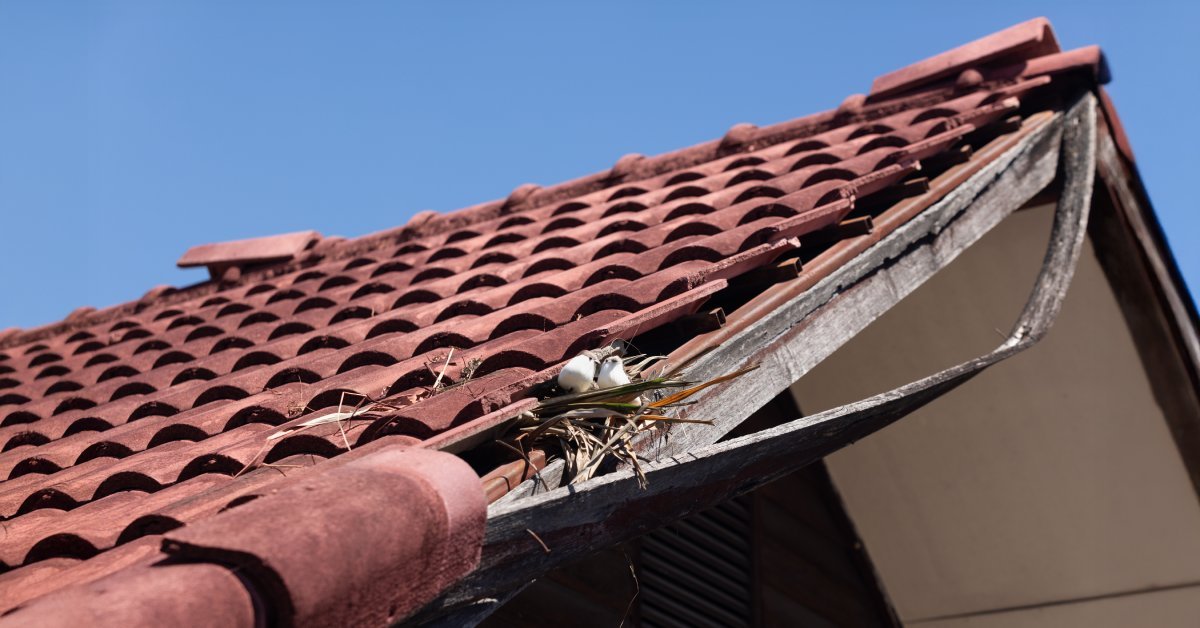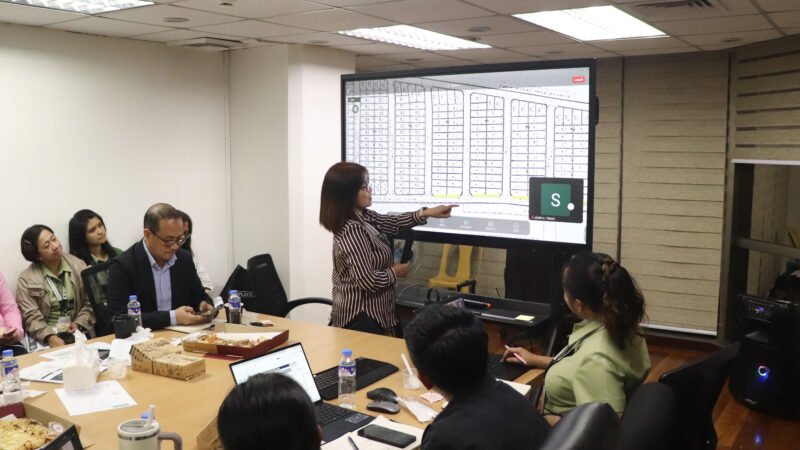Is Your Roof Unsafe? 7 Red Flags To Watch For

After a summer filled with heat waves and sudden downpours, a homeowner in Wausau, Wisconsin, notices a brown stain spreading across the ceiling. At first, it seems minor—maybe a pipe or an old patch. But as the seasons shifted, these signals demonstrated something much more serious overhead.
Roof damage isn’t always obvious, but knowing the seven roof red flags to watch for can make all the difference. Let’s take a look at what to spot before fall arrives.
1. Missing or Curling Shingles
If shingles are curling, cracking, or missing altogether, it’s a clear sign of deterioration. Summer storms and intense sunlight often loosen materials or warp their edges, exposing the roof to water and wind damage.
While a few damaged shingles may not seem urgent, neglecting them can quickly lead to rot, mold, and internal leaks, especially as the weather cools and rain becomes more frequent.
2. Sagging Rooflines
Your roof should appear straight and level. Any noticeable dips or curves could suggest structural weakness, often caused by prolonged moisture buildup or shifting supports.
A sagging roof isn’t just a cosmetic issue. Left unchecked, it may collapse under the added weight of snow or ice, particularly in colder climates.
3. Interior Water Stains
Dark patches on ceilings or walls that grow over time are classic indicators of a leak. These are often more than cosmetic blemishes; they usually signal moisture seeping in from above.
Stains that return after heavy rain or high humidity often point to a compromised section of the roof that may require professional inspection.
4. Excess Granules in Gutters
Piles of sandy granules in gutters or near downspouts typically indicate that your asphalt shingles are starting to wear out. Granules protect against UV rays and weather impact, so losing them weakens the roof’s overall durability.
This wear tends to accelerate after severe weather, and it’s a sign your roofing system may need replacing soon.
5. Rusted Flashing and Vents
The thin metal flashing that seals roof edges and fixtures can corrode over time. Rust, bending, or missing pieces increase the risk of leaks around chimneys, skylights, and vents.
This type of deterioration underscores the importance of building code compliance for roof repairs. Poor repairs or outdated materials can void insurance coverage and result in future fines.
6. Cracks and Structural Gaps
Sudden drafts, misaligned doors, or new ceiling cracks may be more than just settling; they can indicate deeper issues with the roof or framing. Shifting weight or improper installations often result in visible damage inside the home.
Watch for subtle changes in attic beams, support posts, or drywall near rooflines, particularly after storms.
7. Moss or Mold Growth
Moss and algae thrive in damp environments. If you notice streaks, green patches, or blackened areas on your shingles, it’s a sign that water isn’t draining properly. Beyond appearance, this growth can break down roofing material and create ideal conditions for further decay.
Spotting these seven unsafe roof red flags before autumn rains and winter snow arrive helps avoid far more costly damage. A quick check now can save time, stress, and expensive repairs down the road.
- New Investors: Is Tax Deferral the Right Option? - September 19, 2025
- The Hidden Costs of Ignoring Mailbox Maintenance - September 13, 2025
- The Science Behind Flame-Resistant Workwear - September 12, 2025



